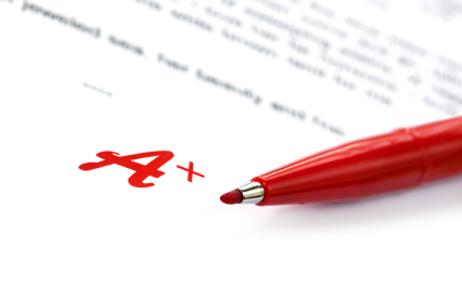Students in the public school system in the United States are eligible for a variety of services, depending on their needs. Under Title I, students in need are provided with additional assistance to promote their success in school and beyond. Title I funding is provided to more than 90 percent of the school systems across the country, with the money used in various ways to help low-income students break the cycle of poverty with the tools they need for academic success.
What is Title I?
Title I is one of the oldest public education programs in the United States and one of the largest. The program provides additional funding to school districts with a large population of low-income students to help students in this demographic meet the academic standards assigned by the state. The program was established as Title I of the Elementary and Secondary Education Act of 1965, and its purpose is to “ensure that all children have a fair, equal and significant opportunity to obtain a high-quality education,” according to the U.S. Department of Education website.
This brief video gives us an overview of Title I.
The Department of Education also lists strategies that local school districts should implement to achieve that purpose with the provided funding, which include:
- Meeting the educational needs of low-income and minority students
- Holding schools and governments accountable for the academic achievement of students
- Use of tools, assessments, and
















